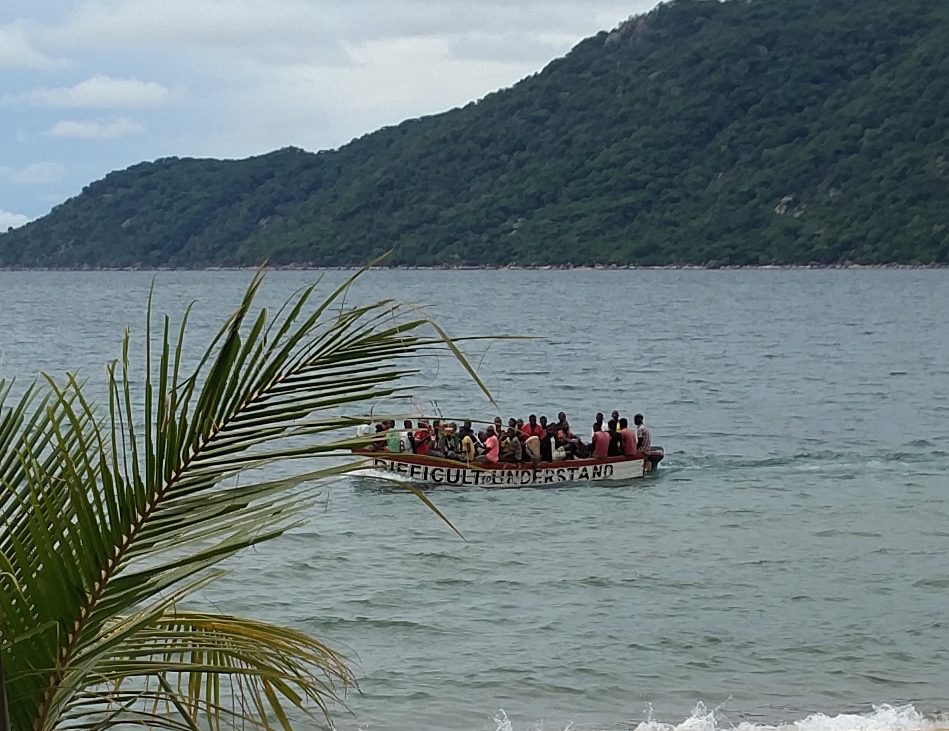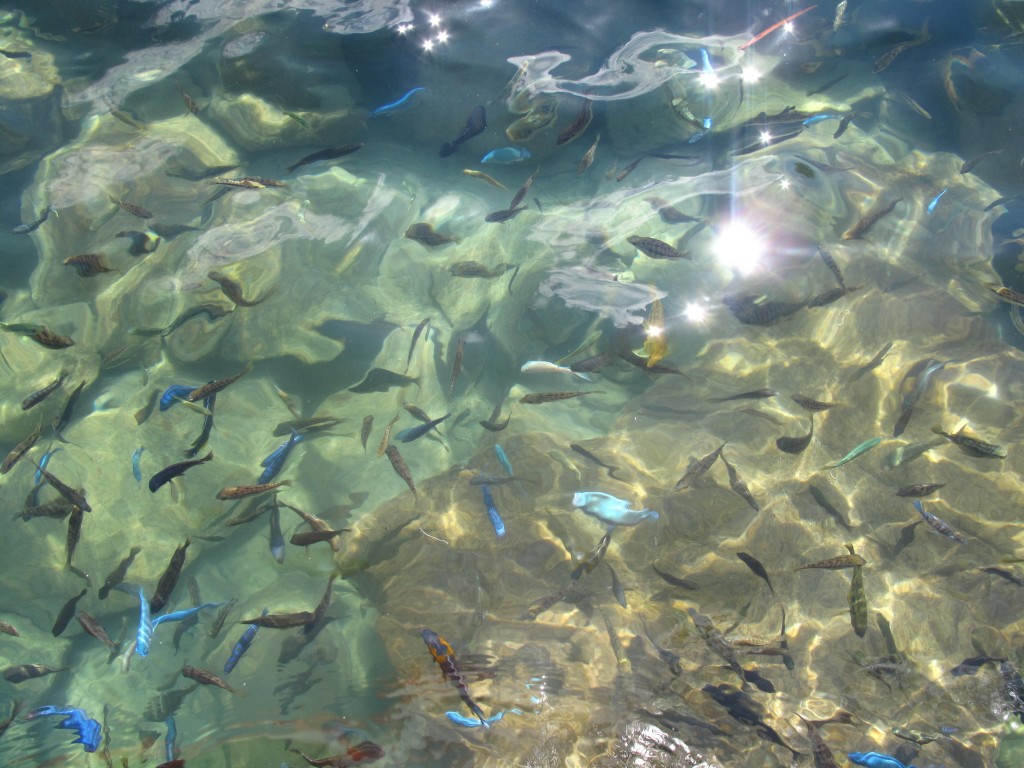After a wonderful but somewhat intense time with Ellen and family, we planned some time to unwind at Cape Maclear on Lake Malawi.

The small village has no ATMs, so to pay for the trip there, lodge, and back to the airport in Lilongwe required many visits to the bank in Salima — the largest bill we found in Malawi is 1000 Kwacha (worth about $1.40 US), and ATMs will only dispense 40 of those bad boys per transaction. Jason’s money belt was busting at the seams:

Our lodge was right on the lake, and we were the only tourists around for most of our visit. While the sunsets and views were beautiful, we knew there was a dirty secret lurking just under the water’s surface: the bilharzia parasite, which causes schistosomiasis, a disease that kills up to 200,000 people every year. We swam anyway — we weren’t going to pass up our first opportunity for warm-weather swimming since Costa Rica!
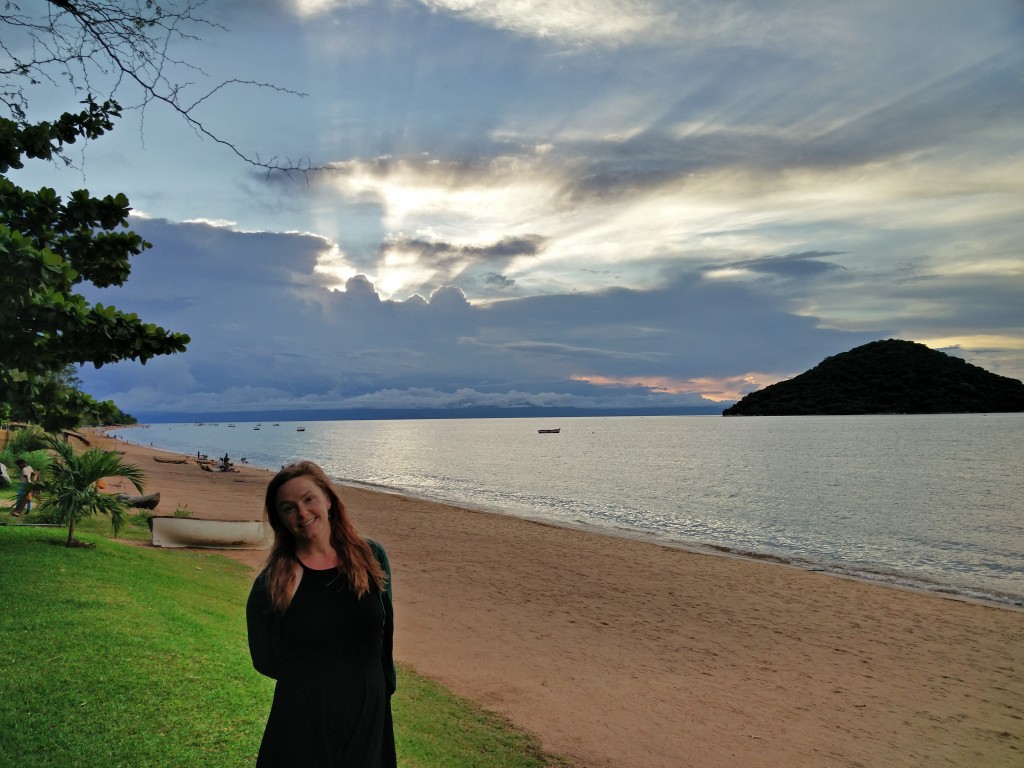
Bilharzia has a fascinating life cycle; it requires human hosts to reproduce, but can only develop to maturity inside a particular type of aquatic snail common in Lake Malawi. Until the 1980s, the shores of Lake Malawi were considered bilharzia-free, but now many cases occur annually – in part due to over-fishing. Several fish species that feed on the snails that host bilharzia have declined because of over-fishing, so the snail populations are booming. Thankfully, this local clinic sold us some medication to take 3 months after our first swim, which should (hopefully) wipe out any parasites that managed to worm through our skin.
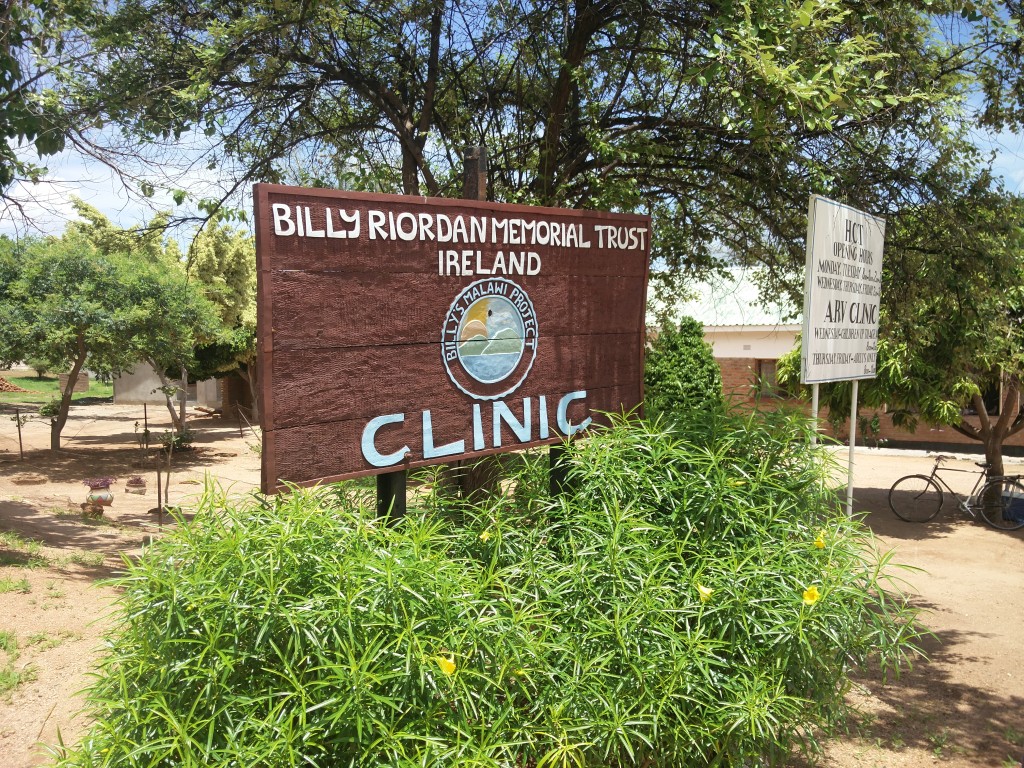
We spent most of our time in Cape Maclear either catching up on work, or just relaxing by the lake and watching the locals fish, bathe, and do dishes and laundry at the water’s edge.

Our main excursion was a boat trip to nearby Thumbe Island (here we’re looking back at our lodge from the boat), where we began with snorkeling around the island to see the wide variety of fish, the primary being the cichlid. Nearly 1000 species of cichlids are thought to call Lake Malawi home – more than all the freshwater fish species in Europe and North America combined! Our guide would later catch several with his bare hands.

Then, we had a nice dinner prepared on the beach, including a gigantic grilled fresh-caught fish. It was delicious.
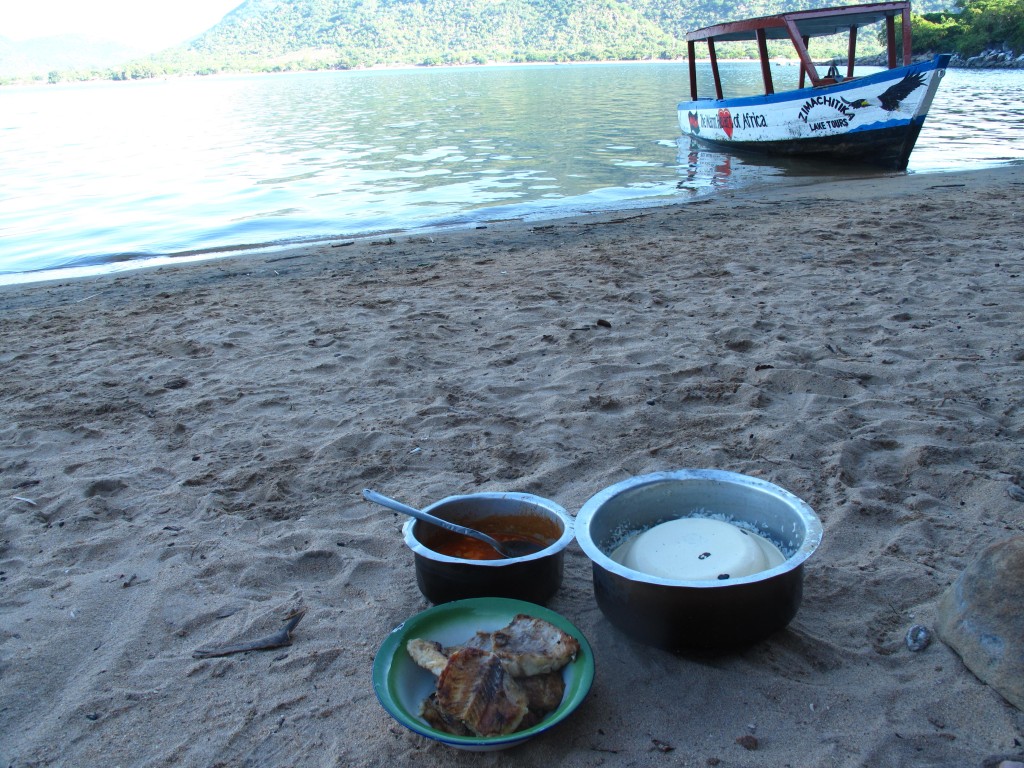
Afterwards, we watched some fish eagles get their dinner. The guides seemed to know the eagles by name – they called this one Obama.
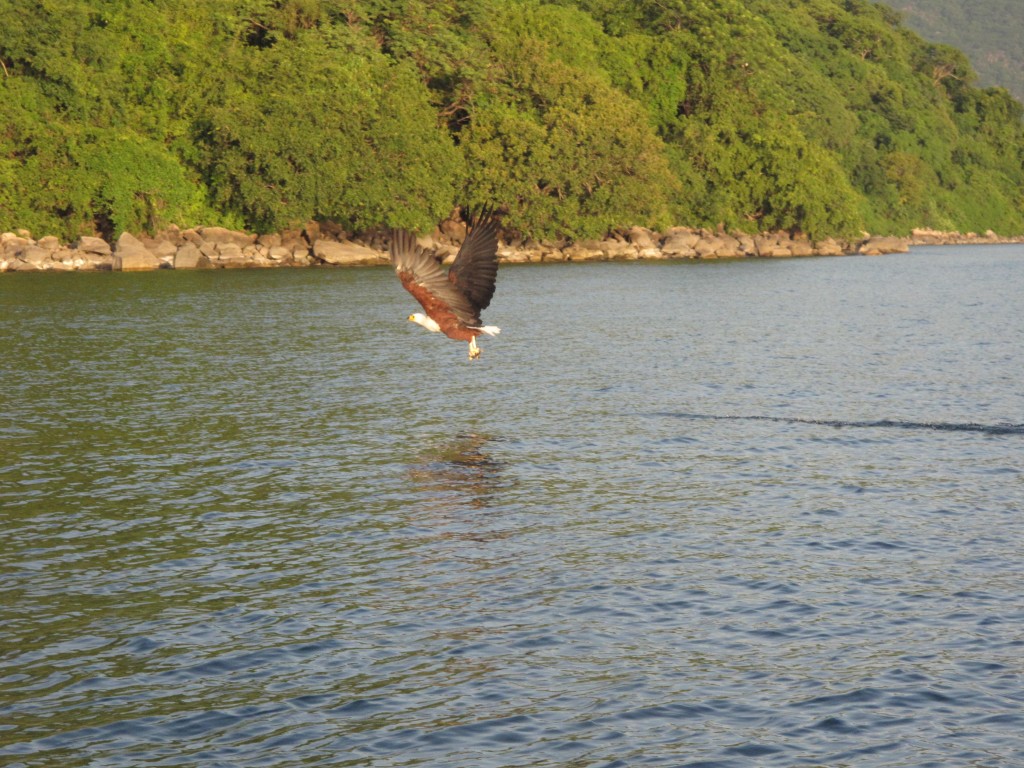
Then we watched a beautiful sunset from the boat before heading home.
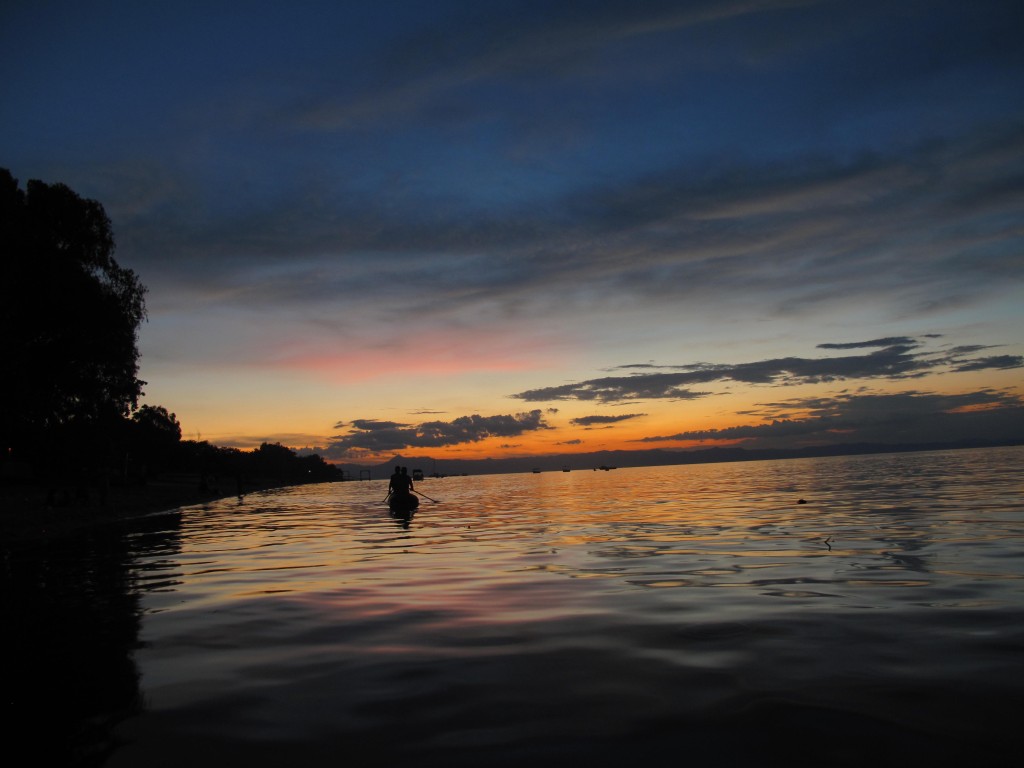
We also climbed (partway) up Nkhunguni Peak that overlooks the town.
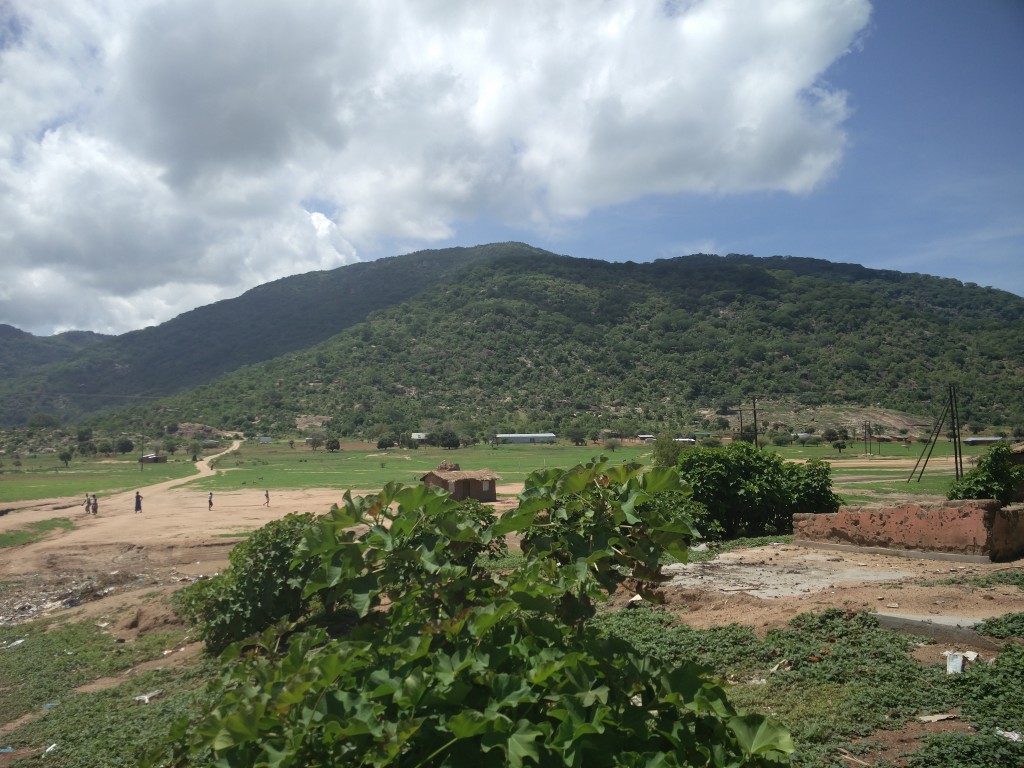
On the way up, we passed by the graves of the Livingstone missionaries. David Livingstone was an influential missionary, who “discovered” the cape in 1863 and named it after his friend the astronomer Thomas Maclear. The local name is Chembe.
We turned back about halfway up when Jason proved no match for the heat and mosquitos, but not before earning some beautiful views of the lake and surrounding countryside. According to the locals, there are ghosts in the hills which cause most people to lose something during the hike. Luckily, we finished finished our walk without misplacing anything.

All too soon, it was time to go and Sarah said goodbye to the beautiful baobab trees. Zikomo kwambiri Malawi!
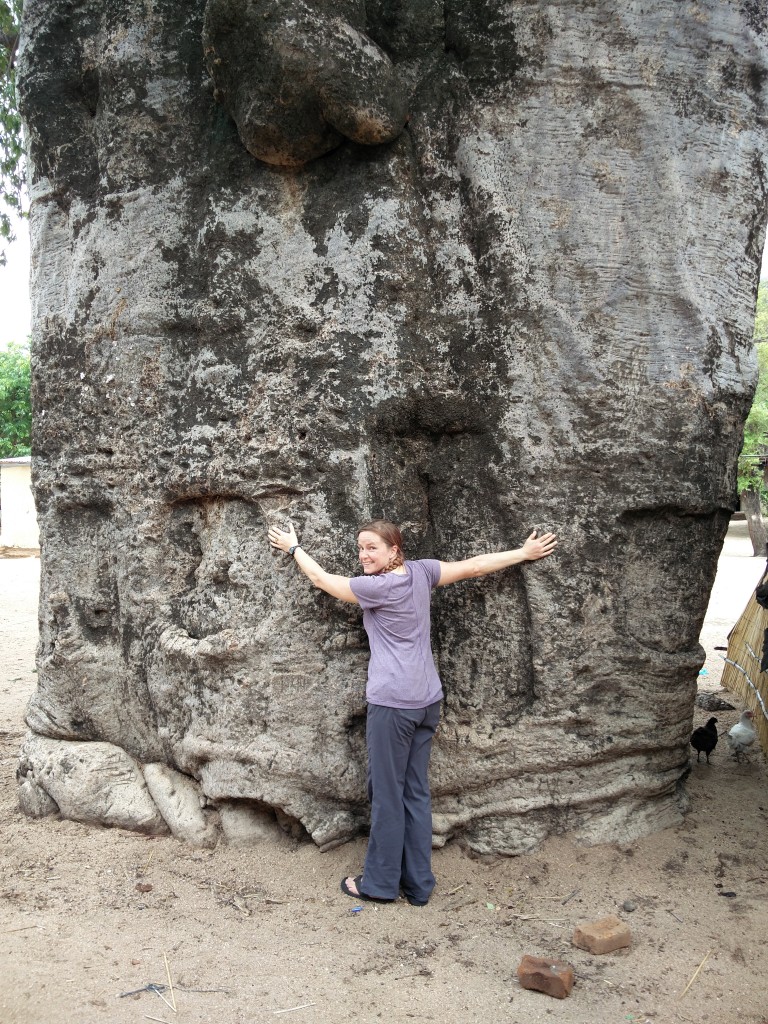
As we enjoyed a final beer at our hotel, this small boat packed with locals on an unknown mission cruised by. We pondered its meaning on the way to our next destination – South Africa!
